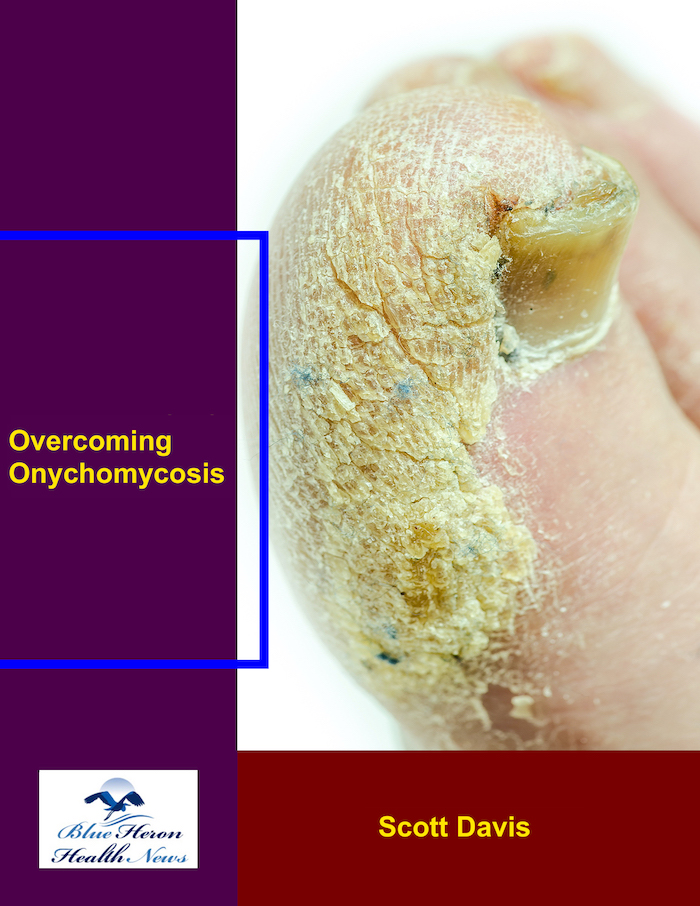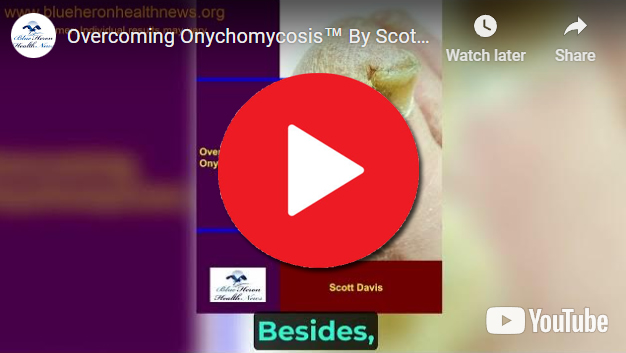
Overcoming Onychomycosis™ By Scott Davis It is a simple, natural, and all-in-one solution for onychomycosis. The program can help you to treat your nail fungus naturally. Once you follow this program, you do not need to spend on expensive treatments to prevent a recurrence. In brief, you can have a proven solution for your chronic nail fungus. Besides, the program is easy to follow, and most users find it effective against onychomycosis.
What are the side effects of common acid reflux medications?
Common acid reflux medications can be effective in relieving symptoms, but they also come with potential side effects. Here’s a breakdown of the most common side effects associated with each class of acid reflux medication:
1. Antacids
- Common Medications: Calcium Carbonate (Tums, Rolaids), Magnesium Hydroxide (Milk of Magnesia), Aluminum Hydroxide (Maalox), Sodium Bicarbonate (Alka-Seltzer)
- Side Effects:
- Constipation: Calcium-based and aluminum-based antacids may cause constipation.
- Diarrhea: Magnesium-based antacids may lead to diarrhea.
- Electrolyte Imbalance: Prolonged use can lead to imbalances in electrolytes like calcium and magnesium, particularly if taken in large amounts.
- Kidney Issues: Excessive use of sodium bicarbonate or calcium carbonate antacids can affect kidney function or contribute to kidney stones.
- Rebound Acid Production: Stopping antacid use abruptly after prolonged use can sometimes lead to increased acid production.
2. H2 Receptor Blockers (H2RAs)
- Common Medications: Ranitidine (Zantac), Famotidine (Pepcid), Cimetidine (Tagamet), Nizatidine (Axid)
- Side Effects:
- Headache: A common side effect, often mild.
- Dizziness or Drowsiness: Some people may feel dizzy or drowsy, especially with higher doses.
- Diarrhea or Constipation: Digestive changes, such as diarrhea or constipation, may occur.
- Muscle Pain: Muscle aches or discomfort can happen, though this is rare.
- Cognitive Effects in the Elderly: In older adults, especially with Cimetidine, confusion or memory issues may arise.
- Gynecomastia: Cimetidine has been associated with the rare side effect of breast tissue enlargement in men.
3. Proton Pump Inhibitors (PPIs)
- Common Medications: Omeprazole (Prilosec), Esomeprazole (Nexium), Lansoprazole (Prevacid), Pantoprazole (Protonix), Rabeprazole (AcipHex)
- Side Effects:
- Headache: One of the most common side effects, usually mild.
- Nausea, Vomiting, or Diarrhea: Gastrointestinal symptoms such as nausea and diarrhea can occur, especially with long-term use.
- Abdominal Pain or Bloating: Some people may experience discomfort in the stomach or bloating.
- Vitamin and Mineral Deficiencies: Long-term use of PPIs can reduce the absorption of certain vitamins and minerals, particularly vitamin B12, magnesium, and calcium. This can lead to deficiencies and, in some cases, an increased risk of bone fractures.
- Increased Risk of Infections: PPIs can reduce stomach acid levels, making it easier for infections like Clostridium difficile (C. diff) and pneumonia to develop.
- Kidney Problems: Long-term PPI use has been associated with an increased risk of chronic kidney disease and acute kidney injury.
- Rebound Acid Hypersecretion: Abrupt discontinuation of PPIs may lead to a rebound effect, where the stomach produces even more acid than before.
4. Prokinetics
- Common Medications: Metoclopramide (Reglan), Domperidone (Motilium)
- Side Effects:
- Fatigue and Drowsiness: Prokinetics can cause sedation or a feeling of drowsiness.
- Restlessness: Metoclopramide, in particular, can lead to restlessness, anxiety, or agitation.
- Tardive Dyskinesia: Long-term use of Metoclopramide can lead to tardive dyskinesia, a serious condition involving involuntary, repetitive movements, often in the face or limbs. This is more common with prolonged use.
- Diarrhea: Due to its effect on speeding up digestion, diarrhea can occur.
- Menstrual Irregularities and Galactorrhea: Domperidone may cause menstrual changes and an increase in breast milk production due to its effect on prolactin levels.
5. Alginate-based Medications
- Common Medications: Gaviscon
- Side Effects:
- Nausea: Mild nausea may occur, though this is relatively uncommon.
- Bloating and Flatulence: Some people experience gas or bloating.
- Constipation or Diarrhea: Depending on the formulation, constipation or diarrhea can be a side effect.
6. Combination Medications
- Common Medications: Pepcid Complete (Famotidine with Calcium Carbonate and Magnesium Hydroxide)
- Side Effects: Combination medications carry the risk of side effects from both types of active ingredients, such as:
- Constipation or Diarrhea: From the antacids.
- Headache or Drowsiness: From the H2 receptor blockers.
7. Others (Less Common)
- Sucralfate (Carafate):
- Constipation: A common side effect due to its binding action in the stomach.
- Dry Mouth: Some people experience dry mouth.
- Baclofen:
- Drowsiness: Baclofen can cause sedation and dizziness.
- Muscle Weakness: Since Baclofen is a muscle relaxant, some people may experience muscle weakness.
Summary:
- Antacids can cause constipation, diarrhea, and electrolyte imbalances, particularly with long-term use.
- H2 blockers generally have mild side effects like headache and dizziness but may cause cognitive effects in the elderly or rare endocrine effects like gynecomastia.
- PPIs are effective for long-term use but may lead to nutrient deficiencies, an increased risk of infections, kidney problems, and rebound acid hypersecretion when stopped abruptly.
- Prokinetics have more serious potential side effects, such as neurological issues like tardive dyskinesia with long-term use.
- Alginate-based medications have minimal side effects, mainly mild digestive disturbances.
- Combination medications may share side effects from both active components.
If you have specific concerns or are considering long-term use of these medications, it’s important to consult a healthcare professional to weigh the benefits and risks.
Overcoming Onychomycosis™ By Scott Davis It is a simple, natural, and all-in-one solution for onychomycosis. The program can help you to treat your nail fungus naturally. Once you follow this program, you do not need to spend on expensive treatments to prevent a recurrence. In brief, you can have a proven solution for your chronic nail fungus. Besides, the program is easy to follow, and most users find it effective against onychomycosis.
